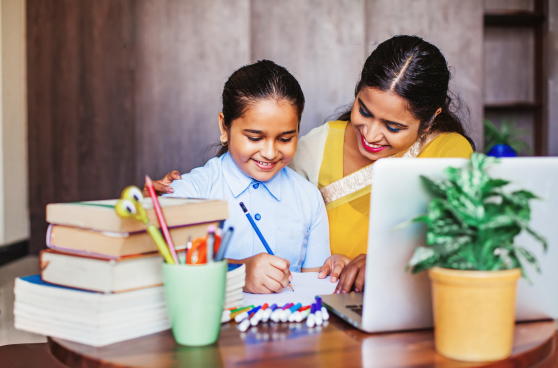(ii) There are 543 elected plus 2 nominated members in Lok Sabha.
(iii) The Prime Minister of India is the leader of the ruling party in the Lok Sabha.
(iv) Coalition government is formed when one political party does not get simple majority. In such a condition, a group of different political parties come together to form a government.
(v) The Rajya Sabha functions primarily as the representation of the states of India in the Parliament.
(vi) It has an important role of reviewing and altering the laws initiated by the Lok Sabha.
(vii) The members of the Rajya Sabha are elected by the elected members of the Legislative Assemblies of various states.
(viii) In the Rajya Sabha there are 233 elected members plus 12 members nominated by the President.
• To Control, Guide and Inform the Government:
(i) The Parliament, while in session, begins with a question hour.
(ii) The question hour is an important mechanism through which an MP can elicit
information about the working of the government.
(iii) The Opposition parties play a crucial role in the healthy functioning of the democracy.
(iv) The highlight drawbacks in various policies and programmes of the government and mobilise popular support for their own policies.
(v) The government gets valuable feedback and is kept on its toes by the questions asked by the MPs.
(vi) Law-making is a significant function of the parliament.
• Who are the People in Parliament:
(i) The Parliament has more and more people from different backgrounds.
(ii) There has been an increase in political participation from the Dalit and backward
castes and the minorities.
(iii) Some seats are reserved in the Parliament for SCs and STs.
(iv) It has recently been suggested that there should be reservation of seats for women.









